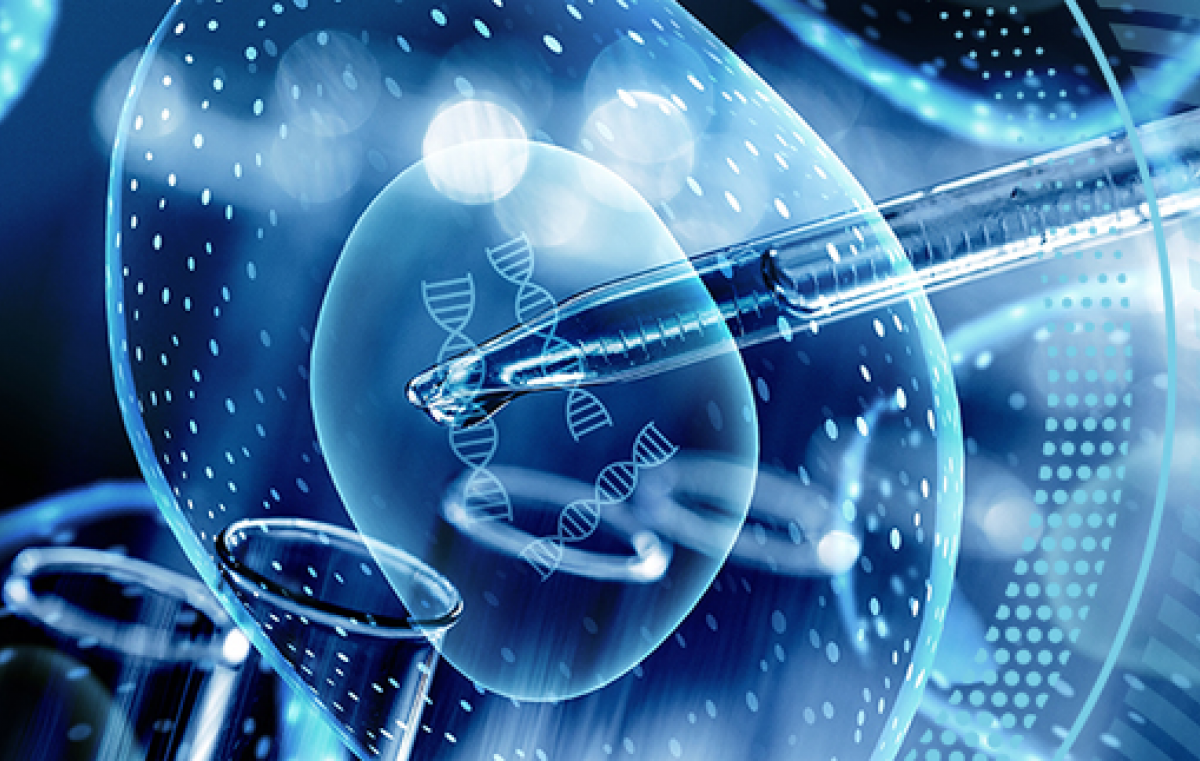Research: Fighting the Cellular Traffic
Imaging technologies and lab-grown micro-organs are used to investigate chronic diseases characterized by protein traffic jams

Protein trafficking is an essential process required for the health and proper function of all cells, tissues and systems of the human body. Dysfunction of the trafficking machinery leads to cellular traffic jams, a hallmark of many devastating illnesses such as Alzheimer’s, diabetes and cancer. Dr. Moran Dvela-Levitt, of the Goodman Faculty of Life Sciences, is looking for answers to major enigmas regarding the protein trafficking of the cell; for instance, how do the millions of different proteins in the cell arrive at their destinations? How and why do the trafficking routes go awry in various diseases? And in what way can we release the cellular traffic jam and possibly find cures for incurable diseases?
Using state-of-the-art imaging techniques and advanced microscopyic and molecular methodologies, the lab team works with cellular, rodent and organoid models – a miniature version of live organs that are grown in a lab, from tissue or stem cells of the organ. The models are used to perform genetic and pharmacological screenings using CRISPR (technology used for genome editing) and drug libraries, aiming at better understanding new pathways involved in cellular protein trafficking and fighting diseases that result from trafficking malfunctions.
One of the innovative research tools in this lab is the use of organoids. In the photo you can see a tubule of a miniature kidney created from cells isolated from a patient. In red you can see functioning protein trafficked to the cell’s membrane, and in green you can see a mutated protein (a result of mutation) where trafficking has malfunctioned and it therefore accumulates in the cell. This accumulation damages the kidney cells, eventually leading to kidney failure.
The lab examines, among other things, an experimental drug (BRD4780) which routes mutant proteins for breakdown, thus preventing their accumulation in the cell. The drug might help treat some incurable diseases characterized by abnormal accumulations of protein.